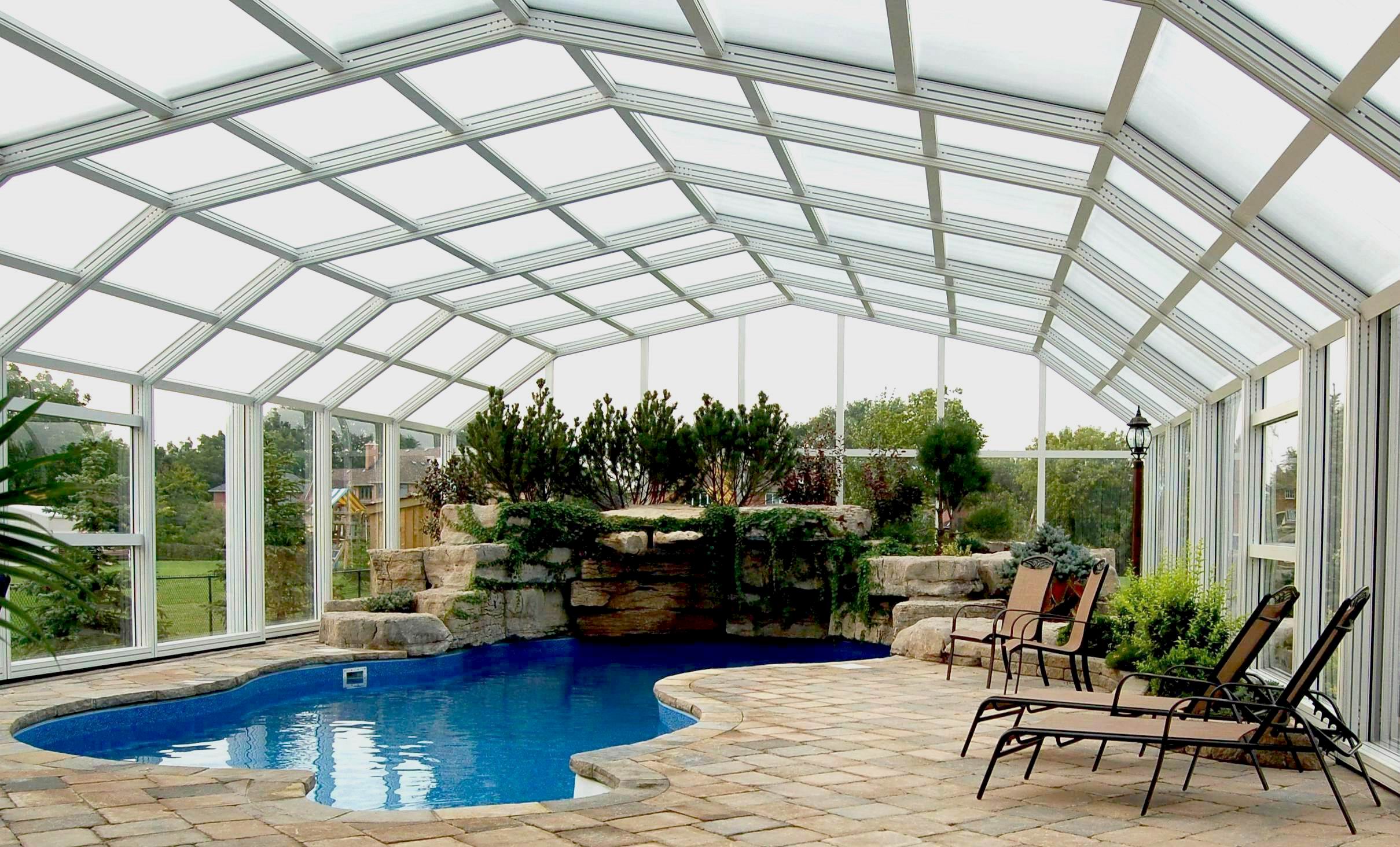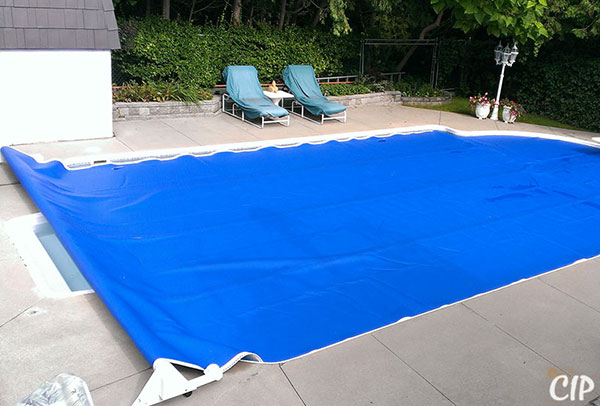Installing a pool enclosure is a great way to maximize the life of your pool and keep it looking clean and inviting all year round. Pool enclosures come in a variety of styles and sizes, and can be custom designed to fit any pool shape and size. However, there are certain tips to keep in mind when installing a pool enclosure to ensure that it is installed correctly and safely. You can also browse the internet if you want to know how much does a pool enclosure cost?

First, make sure to measure the pool area accurately. The pool enclosure should be large enough to provide a sense of privacy, while still allowing plenty of sunlight to reach the pool area. Additionally, the enclosure should fit the shape and size of the pool, so it is important to measure the pool area accurately to ensure that the enclosure fits properly.
Second, be sure to use the correct materials when installing the pool enclosure. The materials used should be durable and resistant to the elements. For example, aluminum is often used for pool enclosures as it is sturdy and lightweight. It is also resistant to corrosion and rust, which makes it a great choice for pool enclosures.
Additionally, it is important to make sure that the enclosure is securely fastened to the ground to provide stability and prevent it from being blown away in strong winds.
Third, consider adding features such as lighting and sconces to the pool enclosure. These features can help to create a more inviting atmosphere in the pool area, and can also be used to provide additional security. Additionally, these features can help to make the pool area appear more luxurious and inviting.



